Since my interview of Cédric Fayolle for GAINSBOURG, he has worked on over a dozen films including GARDIENS DE L’ORDRE, 2 DAYS IN NEW YORK or BELOVED. In the following interview, he talks about his passion of working with directors and the many challenges of RUST & BONE.
How did Mikros Image got involved on this film?
For a project like this, producers have asked the major French companies VFX. We had already worked with Why Not Productions on other projects, but this time the issue was different, because the effects are included in the narrative, so they expected a greater understanding of the script and the director’s universe. So I met Jacques Audiard, we did tests, build a file, discussed the goal. It turns out that I had made a shot roughly similar for Michel Gondry’s INTERIOR DESIGN (1 of the 3 short films of the project TOKYO). In this short film, the main character turned into a chair, and we replaced the legs with wooden feet. He found the technique useful for its freedom of movement. Jacques decided to trust us.
How did the collaboration with director Jacques Audiard?
I could use all the superlatives, but it would not be sufficient. Our collaboration was total, and that throughout the project! The first working meetings were quite unsettling, because I was impressed by his longtime collaborators (writer, DoP, production designer, costume designer, script, editing …). I feel like the new family member, except that here they were all Cesarized. Both say that I feel very small. The strength of Jacques is that he has a lot of confidence to all his head of departments, he listens very carefully and that creates a great dynamic to work.
What was his approach to visual effects?
His approach is primarily emotional and script orientated. During the meetings, we stopped on each sequence to decide about what was important whether or not to see the legs cut: Does the effect brings too much emotion or is it rather disturbing narrative, distract the viewer from the original intent of the scene?
Then he has never talked about technique. He told me “We need the stumps to be sexy”, “believe in your dramatic effects,” or “always works within the limits of the offscreen”. At first, we don’t know what to do with this information. For example, for the submarine shot of Ali who hits the ice, I was doing tests with this information: “should be darker, think of Orpheus that want to retrieve Eurydice from the underworld”. At first, it is confusing, but our job is just to translate these intentions technically.
Have you increased the crowd of the pool in Antibes?
Yes, but only for purposes of continuity. Jacques wanted to make a real show filming, but with the schedule of Marion Cotillard, it proved difficult to shoot during the summer (season where the stands are full). So they made a first shooting without Marion. A second shooting was done with Marion as trainer, but as it was late September, the stands were a little less full. So we mixed the crowd of the two shootings. Still, the spectators who had come to see a show of killer whales in September were surprised to see Marion Cotillard in the show!
Can you explain in detail the creation of the submarine shot of the accident?
The accuracy of this shot was really tricky to find. It need to be awesome, but don’t need necessarily to explain everything. Jacques Audiard really mastering the climax, and then he wanted the Marion’s awakening in the hospital to be really the culmination of the accident. By doing an accident too demonstrative or too impressive, the awakening scene would have lost intensity. So we made many previz early before reaching to the version that is in the film. To make this shot, we filmed for two days in the tanks of Marineland. The camera was 8 meters deep in the tank, and we let go the separate elements (at 1:2 scale) with complex crane systems in order to made quick takes. Then the Marineland trainers made the orcas jumps in front of the camera, and finally a stunt jumped many times to made this body that sinks slowly into the depths. Then we composited all these passes, simulated a CG platform that fell..
How did you approach this huge challenge to remove the legs of Marion Cotillard?
Surely with a lot of unconsciousness! Seriously, I have a passion for the directors and one of the things I love about my job is to blend into their world. It does not happen by saying “that you can not do it, it will be like that …” No, we listen, we translated his desires, we learns about his work habits. Today everything is possible in VFX, we just must know where we should put our energy. Here it was necessary to limit the visual effects to things really impossible to make real.
So we thought with the production designer, costumes, props, light to take advantages of the techniques of each departments. The production designer has put a hole in the furniture so that Marion could hide her legs and the wheelchair has a seat modified to allow it to sit crouching. Similarly, the clothes have been carefully chosen to hide the forms.
The Audiard’s way of directing involves a lot of handheld cameras. How have you faced the tracking challenge?
I opted to say “do what you want”. I wanted our shots will be filmed in the same way as other shots of the film. The only constraint that I imposed was that after the master shot, they let us shoot double, triple, quadruple passes, set pictures, actors pictures, shooting HDR… On the set of complicated shots, I was accompanied by Nicolas Rey (VFX supervisor at Mikros image), because we have to forget nothing, and especially we have to be fast to avoid slowing down the shooting process. After each big VFX shots, they let us between 5 and 10 minutes to go “shopping”. Everyone played the game (assistants director, the DoP, actors…) with the greatest simplicity and good humor. It was great! Often these purely technical passes bored everyone but on this project everyone was aware of their importance.
There was also a great dialogue with the editors. This has been crucial. I provide to the editors my VFX reports on which I noted if the takes was ok or if there were technical problems making it difficult to made the VFX. Obviously Juliette Welfling and Geraldine Mangenot his assistants editor creates a first version without looking at my reports, because the acting is a priority, but then we compared the selected takes and my reports. In the end we never changed the takes because of the effects, but the simple fact check shows all the collaborative work that was installed on this show.
Can you explain the impressive awakening shot of Marion?
This is a great example of collaboration between all departments, since for us it is one of our simplest shots. Two holes were made in the bed, the framing is at the correct height, and for the rest is the talent of the actress. On the set of this shot, I was behind the combo, so I saw his green stockings, but the emotion was there, everything was there!
At one point Marion goes swimming. How did you manage her entering into the water with her legs?
It is always difficult to work with water, because our software can not hang on it, everything moves. But don’t forget that we are working on a flat image in two dimensions, we must convert this problem into an asset. It moves so much that the precision gives way to sensation.
For shots where she enters or goes out the water, it was more difficult. As with all the shots of the film, we decided at the last moment (after the first rehearsal) for the best position of the legs. Tense, semi-folded, folded… Sometimes during the takes, Marion need to move from fold to tense in order to facilitate the restoration work, particularly to avoid too much interaction between her green stockings and Matthias (Ali) body. For safety, we were doing a clean plate and then a take with Matthias only who remade approximately his movements in order to retrieve the hidden parts of the frames shots during the master take. We were also making lights references with silicone stumps to help the CG department to find the right light.
Later in the film, Marion wears prosthetics. How did you created these?
As for the stumps, it’s a mix of several techniques, but it’s mainly CG. Stéphane Thibert (who oversaw the CG production) has put together an incredible team of 5 people (1 tracker, 1 modeler, two animators, and a lighter). They had a whole month to prepare, and only 2 months to made all the shots. Where they surprised me was that they had to work with the risky choices I’ve made on the shooting. But instead of suffering, they have met the challenge by bringing proposals. I told them they need to be rock and roll on this film, they were punks!
How did you manage the people’s interactions with Marion’s prosthetics?
We had 3 three kind of prosthetics on the shooting. When there was an interaction, as the sequence in which the child touches the metal, we chose the one that was the most complete. Marion’s leg was right behind. So the interaction was real. But it happens only few times in the film, most often it was just the top part (the sleeves) and then the green stockings, and we have everything rebuilt in CG.
Can you explain in detail the creation of beautiful shot in which Marion calls and plays with the Orca in front of the tank window?
Uh, it’s live action! It is the result of Marion’s work, we just need to add some metal ankles. On the set it was just as impressive, and I remember that during the take I was subjugated by the play of Marion and the huge and majestic beast. When they said “cut”, they asked me if it was good for me, and I had to admit that I haven’t looked, so we had to use the playback in the combo to check if everything was fine .
Many shots are in slow motion. Are you involved on those kind of shots?
Many slow motion were made directly with Epic RED camera that was used to shoot the film in 5k for a post-production in 4K. So we spent quickly from 24 frames per second to 120 or 300. This time, we have rather done the opposite, we gave to lot of scenes shot at high speed a 24 frames / second speed.
Can you explain to us what you did on the frozen lake sequence?
Our initial work on this sequence was to find a technique to put the child under the ice. After filming all the shots Matthias searching for her son under the ice, we went to a pool to filmed the child shots. He has trained throughout the filming to go under a plexiglas window, on his back and the eyes open. He enjoyed doing it, I was surprised that a 6 year old manages to make so many takes.
But we also had to do another treatment of this sequence. We filmed for a week on this lake in Savoy, but the weather did not help us. The first day was sunny, the following day the lake began to melt, then it started to rain, there’s even a morning when we arrived and it was 10” of snow fell across the lake!
It was therefore necessary to standardize all this, knowing that everything is handheld and that tracking the white snow is not simple. All the shots needs to have projected matte-paintings. In addition, for convenience, we decided to add more and more snow throughout the sequence to highlight the desperation of the character. Finally, it is impossible to suspect the extent of our involvement and I am extremely proud of the work.
Can you explain the distribution of work between Paris and Liege?
Given the short time we had, it was necessary that each studio was autonomous.
For the shots of the legs, I wanted to be very close to their making, so we did that in Paris, same thing for the accident sequence. Everything else was done in Belgium under the supervision of Guillaume Pondard, which is responsible for the effects of the studio in Liege and especially someone who is animated by the same passion for cinema as me. With the distance, it was important to have someone you trust. He and his team were perfect.
Was there a shot or a sequence that prevented you from sleeping?
When the shooting was finished and the shots to made were received, the stress was gone, giving way to manufacturing process. It took a lot of anticipations, some really important choices, and priority daily dialog with the editing room. But no shot has prevented me from sleeping, although some (like the beach where he raises her from her chair, or its entry into nightclub) have been slow to finalize because of their complexity. But a few months earlier, and specifically the first day before the shooting, my back was blocked and I finished the night in hospital. Looking back, I had to somatize because I started to put a huge pressure on myself!
What do you keep from this experience?
This experience showed me that there is no great director without great producers. The production team of Why Not has been exemplary in how they produce this film and especially in my case, in how to behave on a film where there are visual effects. They were in perfect harmony with the desire of Jacques Audiard. They offered us their confidence and the means to satisfy the director.
On a personal side, it’s indescribable. Working for Jacques Audiard was a wish for a long time, but I had no idea that this would happen with a film whose effects are as important to the narrative. After an adventure like this, you are a bit changed. Today it is still too fresh, but it is certain that I won a lot.
How long have you worked on this film?
Personally I have a busy year, between the preparation, the shooting and the post-production. With regard to the manufacture it was very fast, because just after the end of the shooting (in late December), the production asked if we could finished the work for Cannes. We therefore have a one-month preparation in January, then two and a half months to finish the shots in mid-April (because in addition to the official selection at Cannes, the film will be also released in theaters).
How big was your team?
Before answering the question directly, I would like to digress. When we have knew that we were doing the film, I quickly gave the names of artists that will made those legs shots. They were warned four months before the start. Because I’d never start this adventure with much confidence without their presence, two of them have even come back from London. They met the challenge of the choices I had done on the shooting, and they are only few artists to know how to do it. I have blind faith in their work, their talent and mindset. It’s a real team without misplaced ego with the sole objective of the project’s success. In summary this is my “A-Team” of VFX. In the end, we were fifteen in Paris, and about the same on the Liege side. And there was also all the production side of Mikros Image (Beatrice Bauwens, Sophie Denize), who managed all these people. But I must stop, I want to talk to everyone because it was perfect on all levels!
What shots have you made?
We worked on about 200 shots. Divided almost 50/50 between France and Belgium.
What is your next project?
What is extraordinary in our job is to dive from one universe to another, without transition. I just finish right now, MAIS QUI A RE-TUÉ PAMELA ROSE by Kad & Olivier. I love these guys, they have a keen sense of comedy and you have a good mix in the effects to made the gag works, it’s exciting and very funny … I have also just finished FOXFIRE by Laurent Cantet (Palme d’Or in 2008 with ENTRE LES MURS), and other projects are being studied, it is exciting… LONG LIVE THE CINEMA!
A big thanks for your time.
// WANT TO KNOW MORE?
– Mikros Image: Dedicated page about RUST & BONE on Mikros Image website.
// RUST & BONE – VFX BREAKDOWN – MIKROS IMAGE
© Vincent Frei – The Art of VFX – 2012


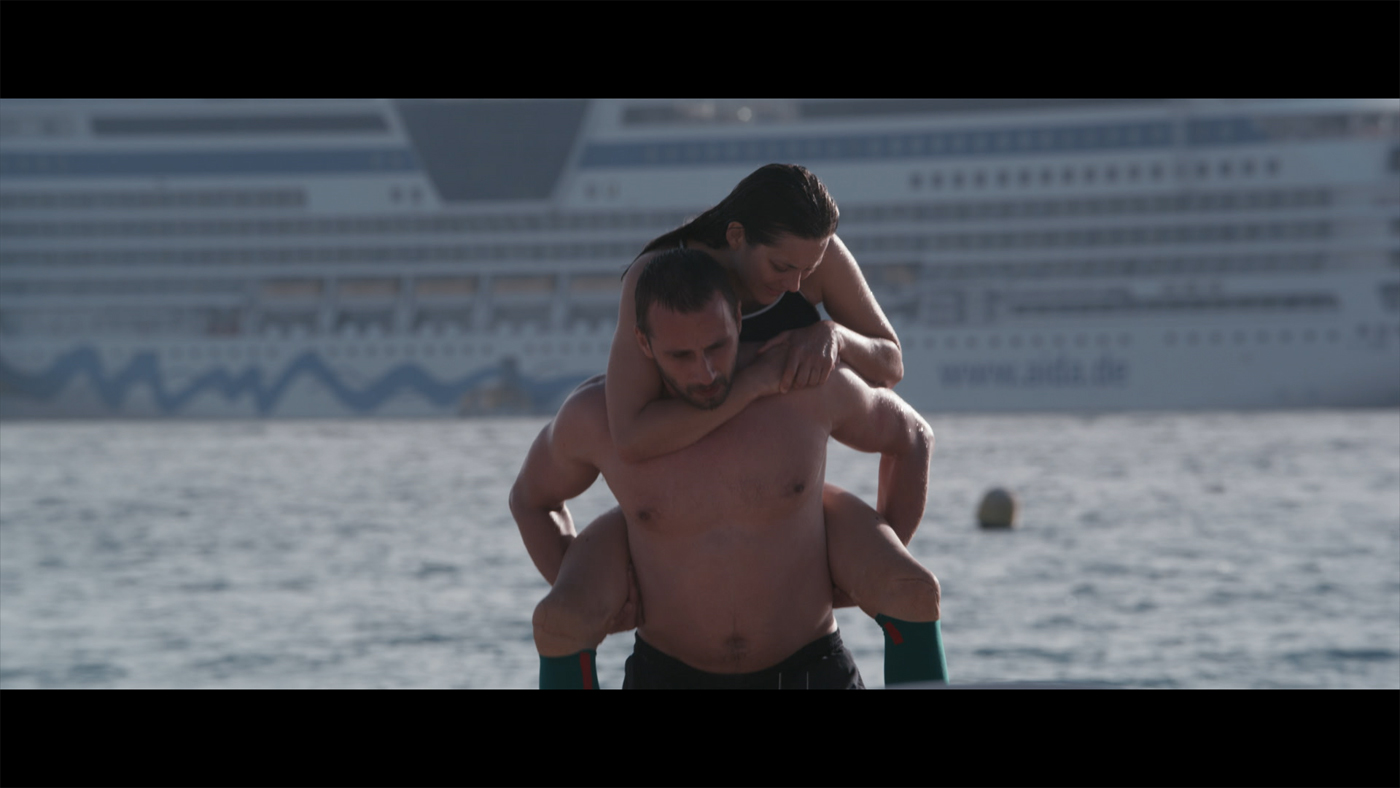
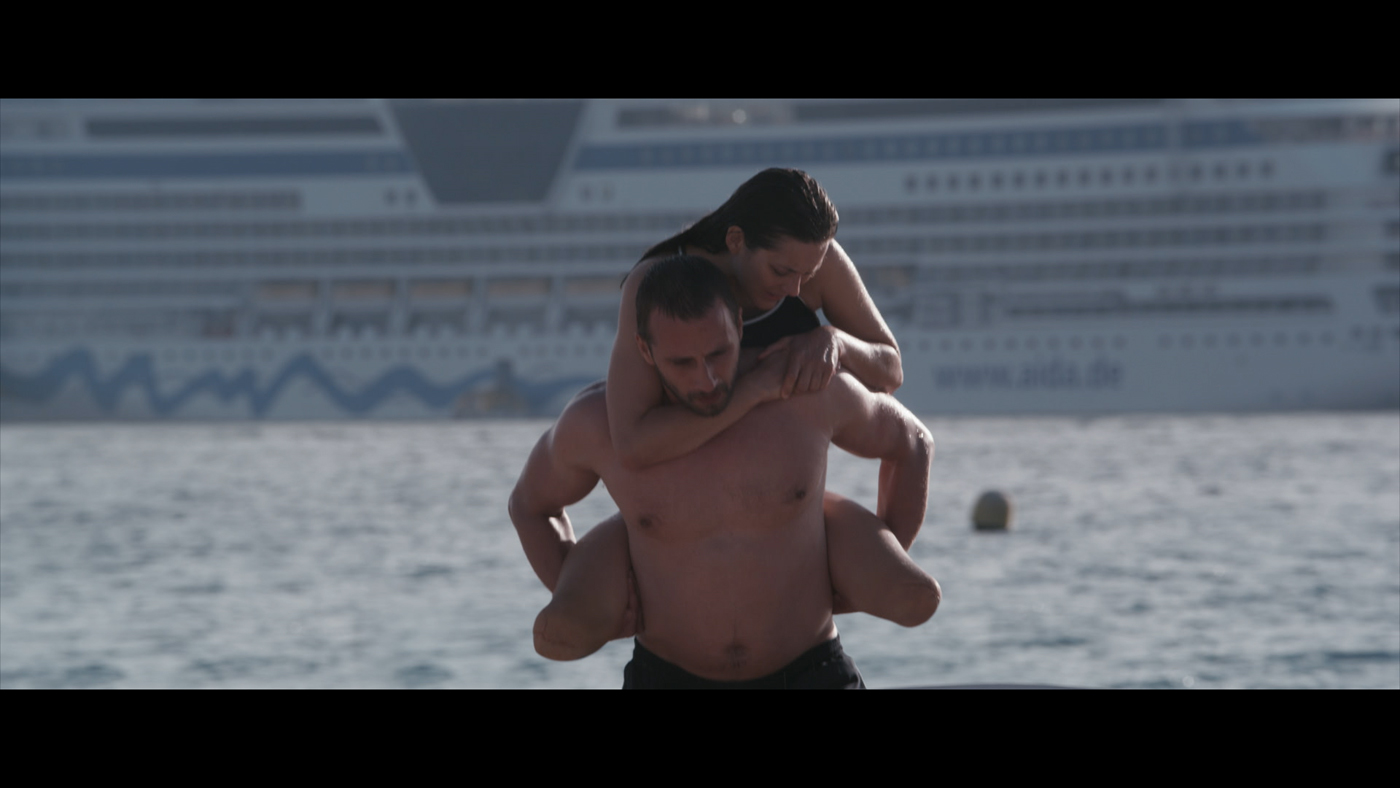
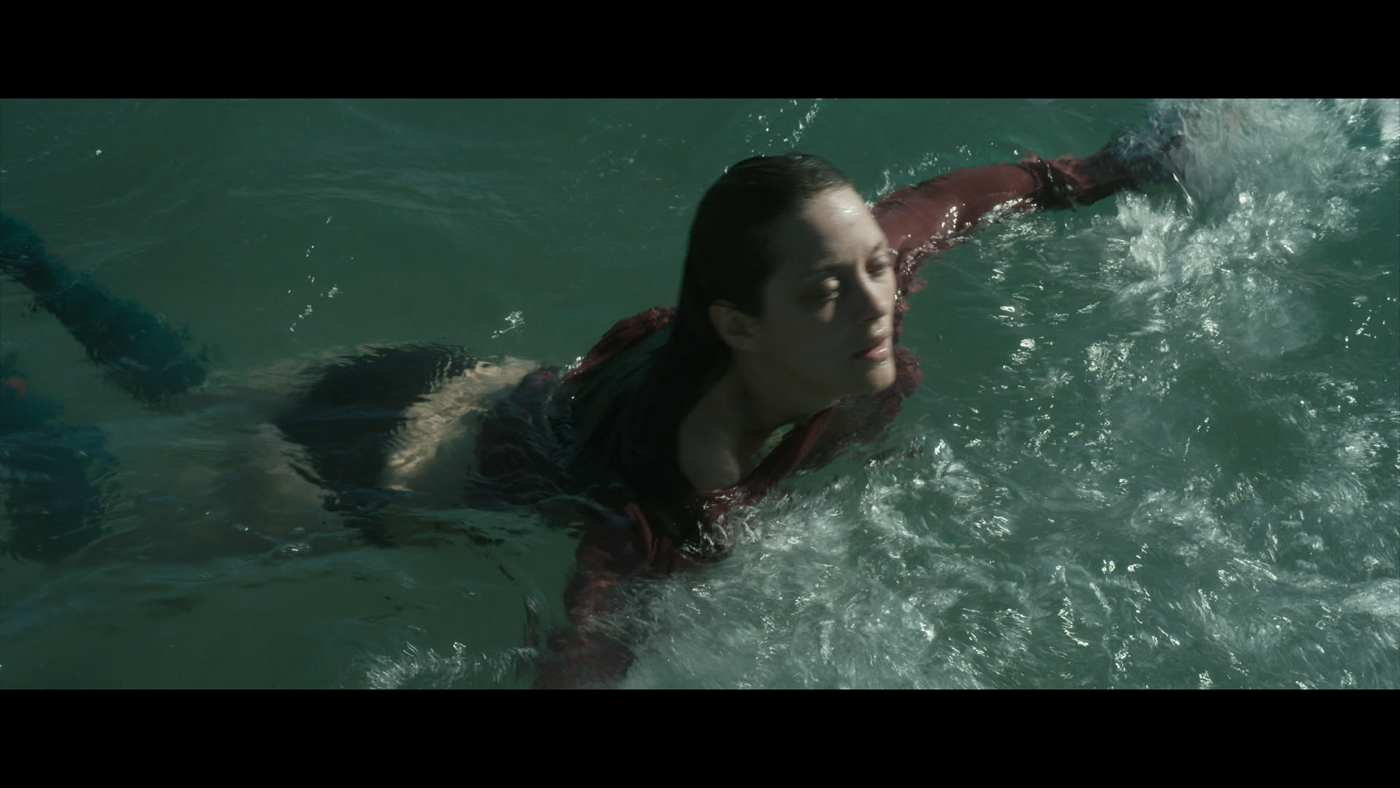
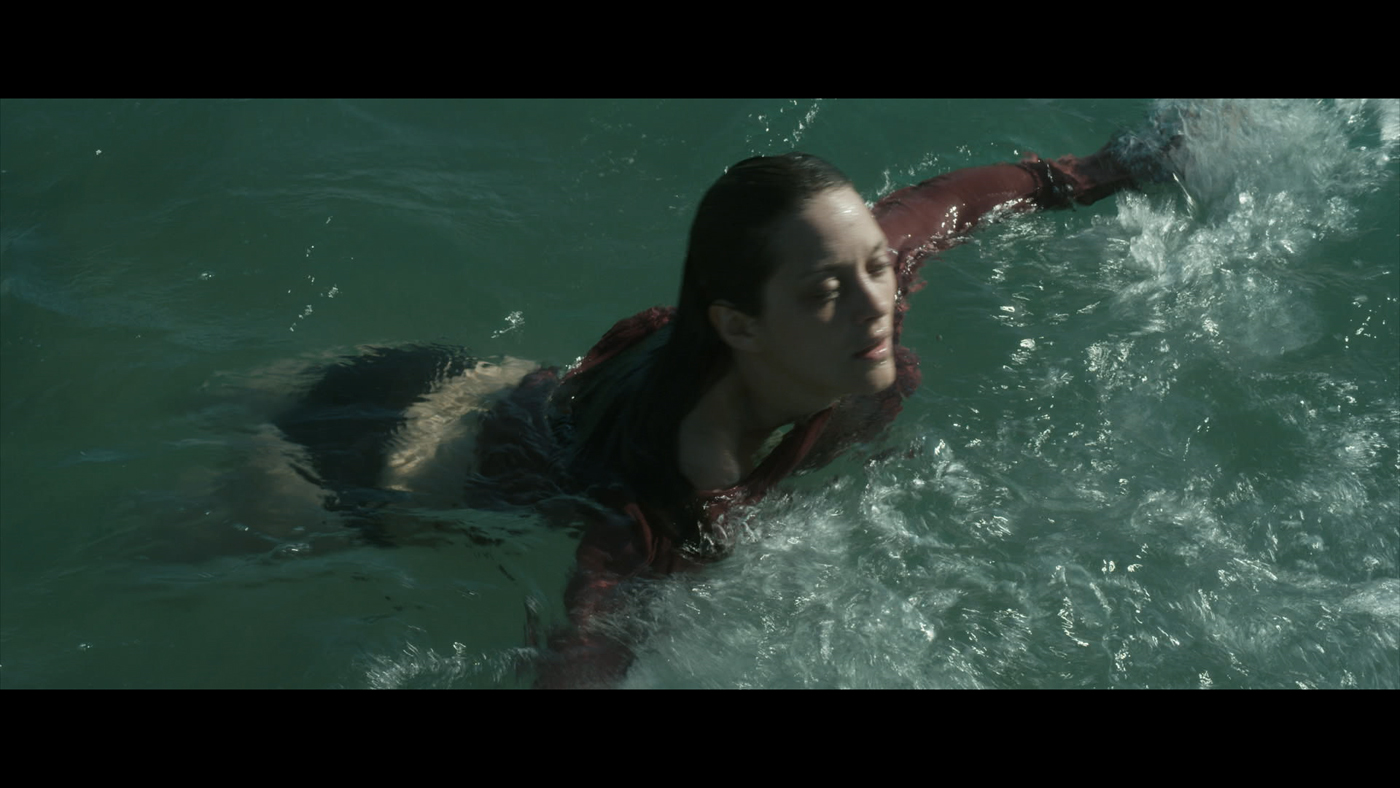
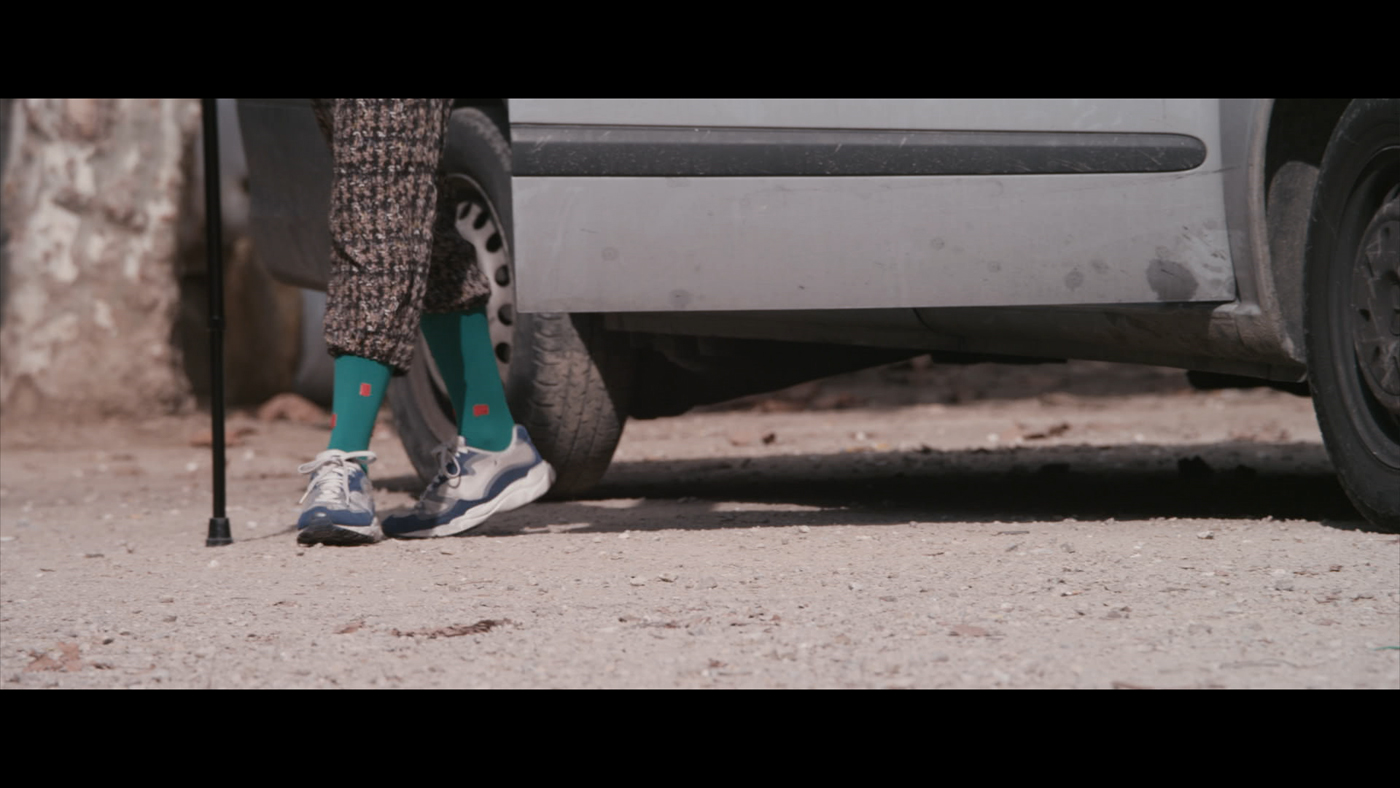
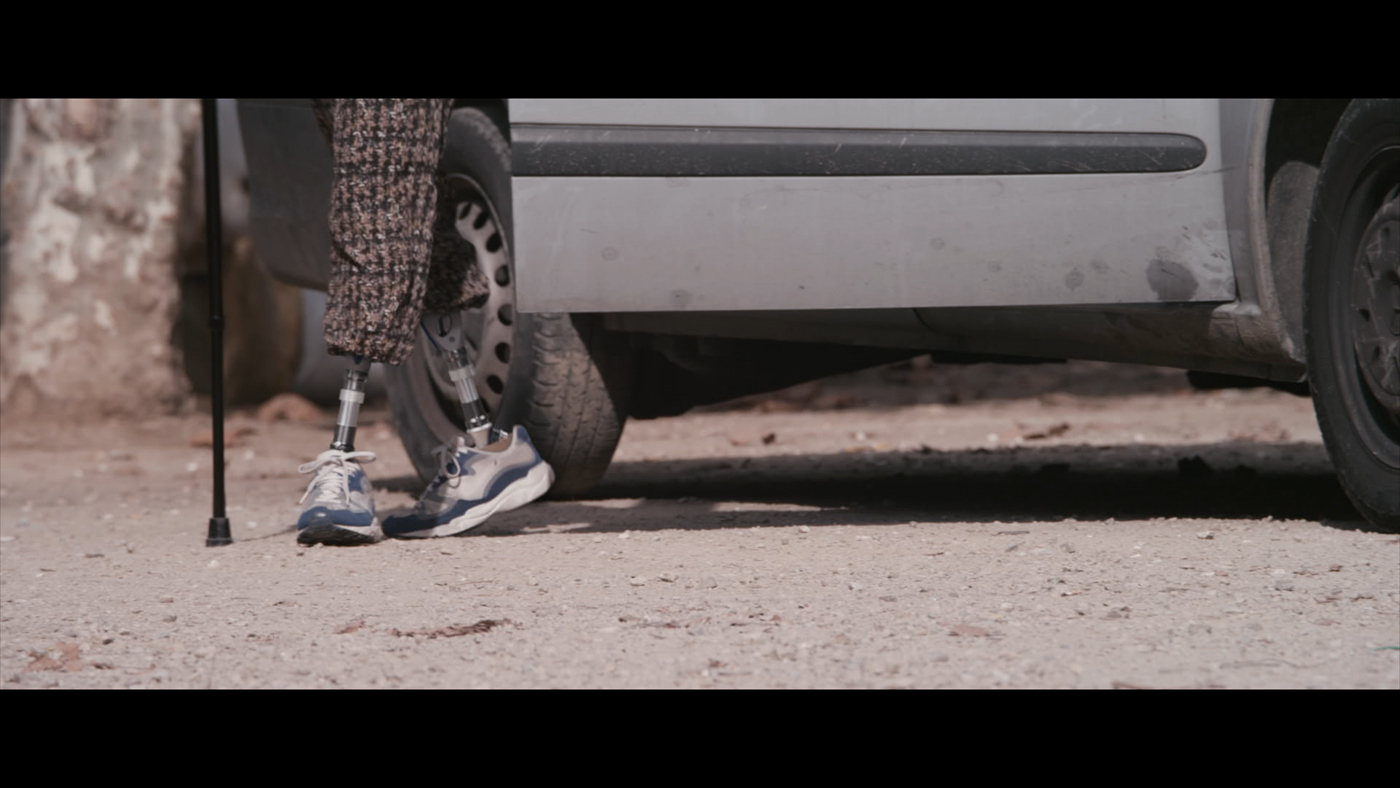
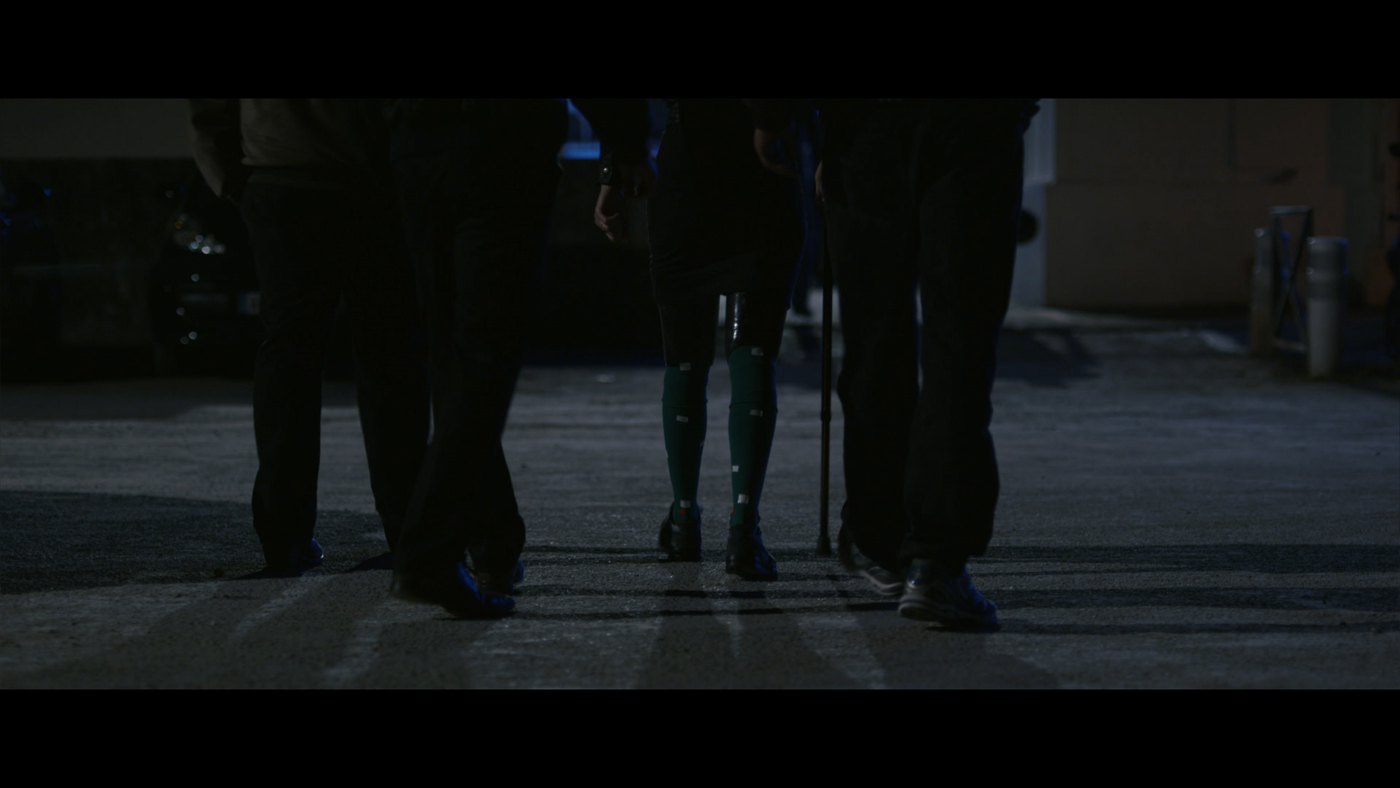
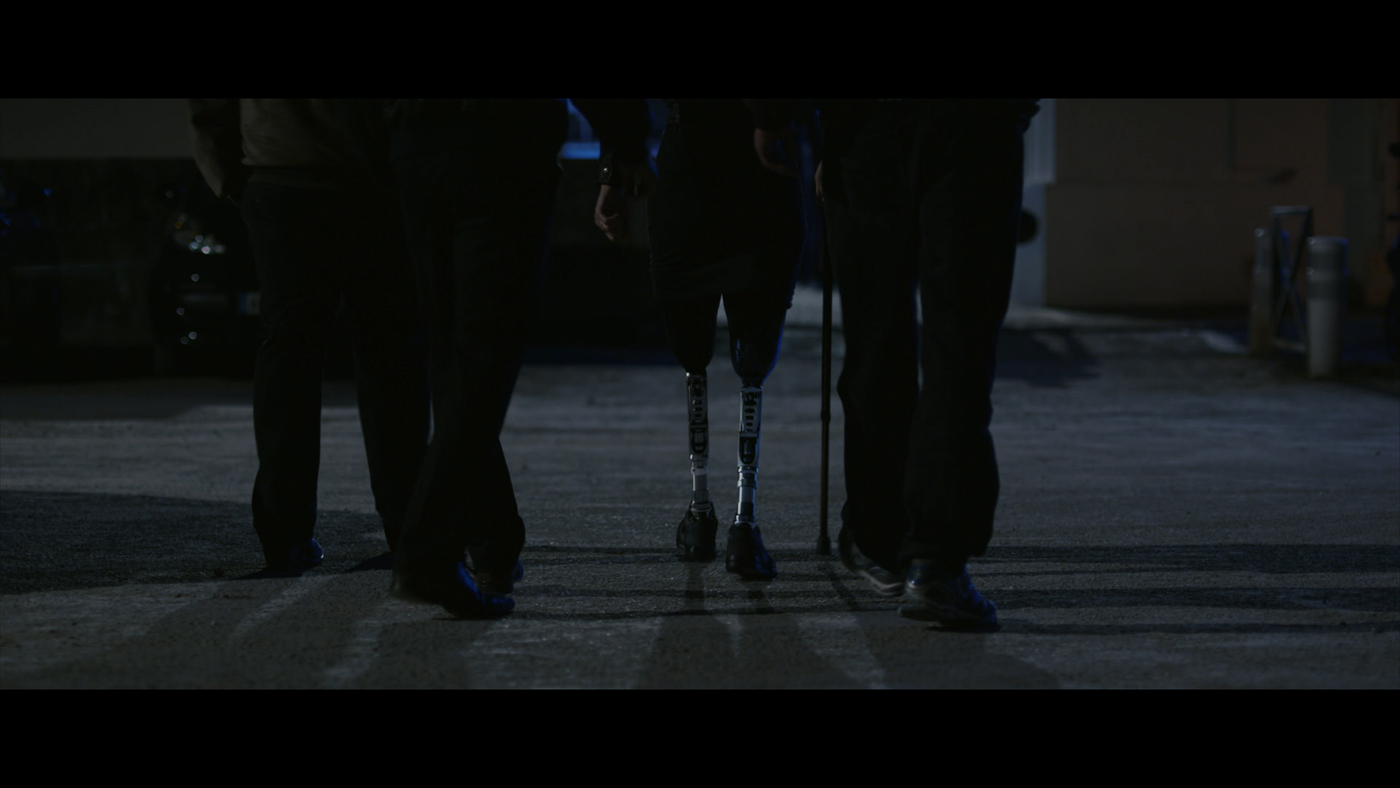





I think its a great think that you feature some exceptional work from smaller independent films along with the bigger hollywood films.
I truly appreciate the effort you put in covering the visual effects that these small but amazingly brilliant studios put on independent films.
Quels logiciels de tracking ont été utilisés durant la Post-prod ?
Merci ^^
De mémoire, PFTrack et 3DEqualizer ont été utilisés,
Carine
I’d hope and love to work with Mikros image some day :)…
I love the visual fx in “rust n bone” that I recreated a shot from it as my vfx student demoreel. http://vimeo.com/71488318